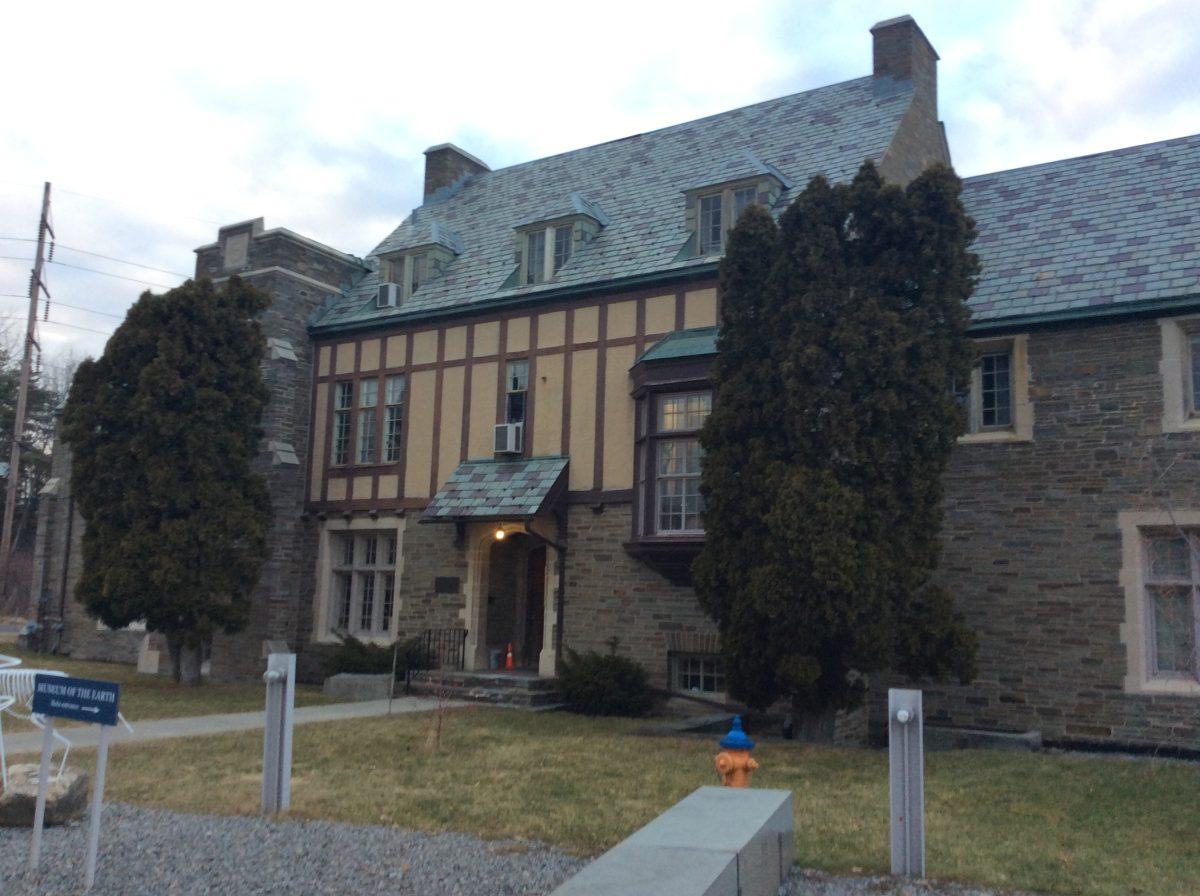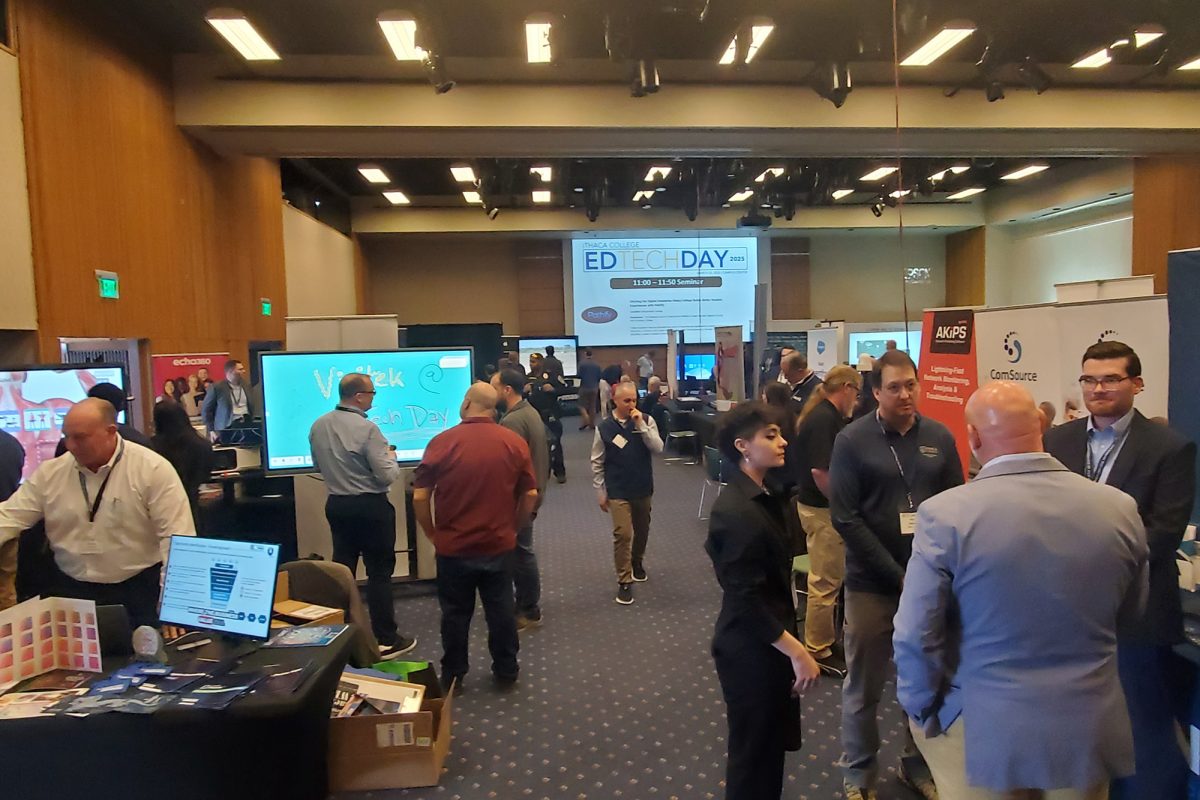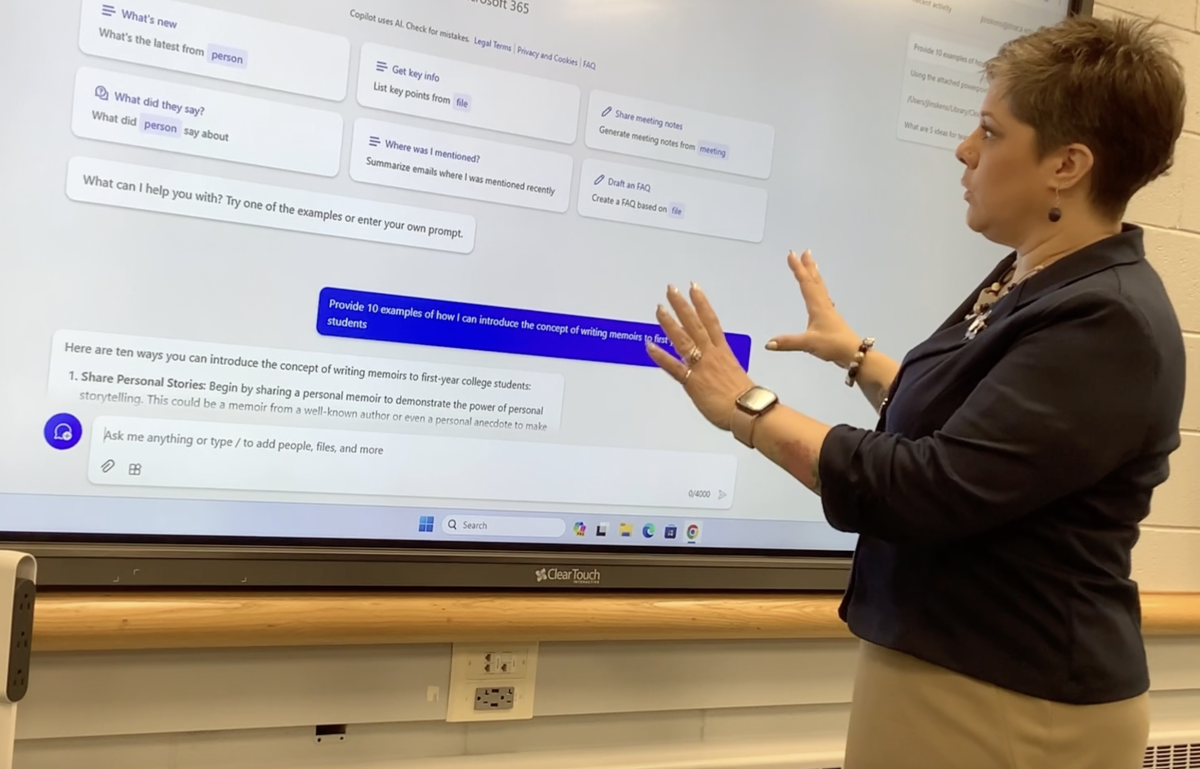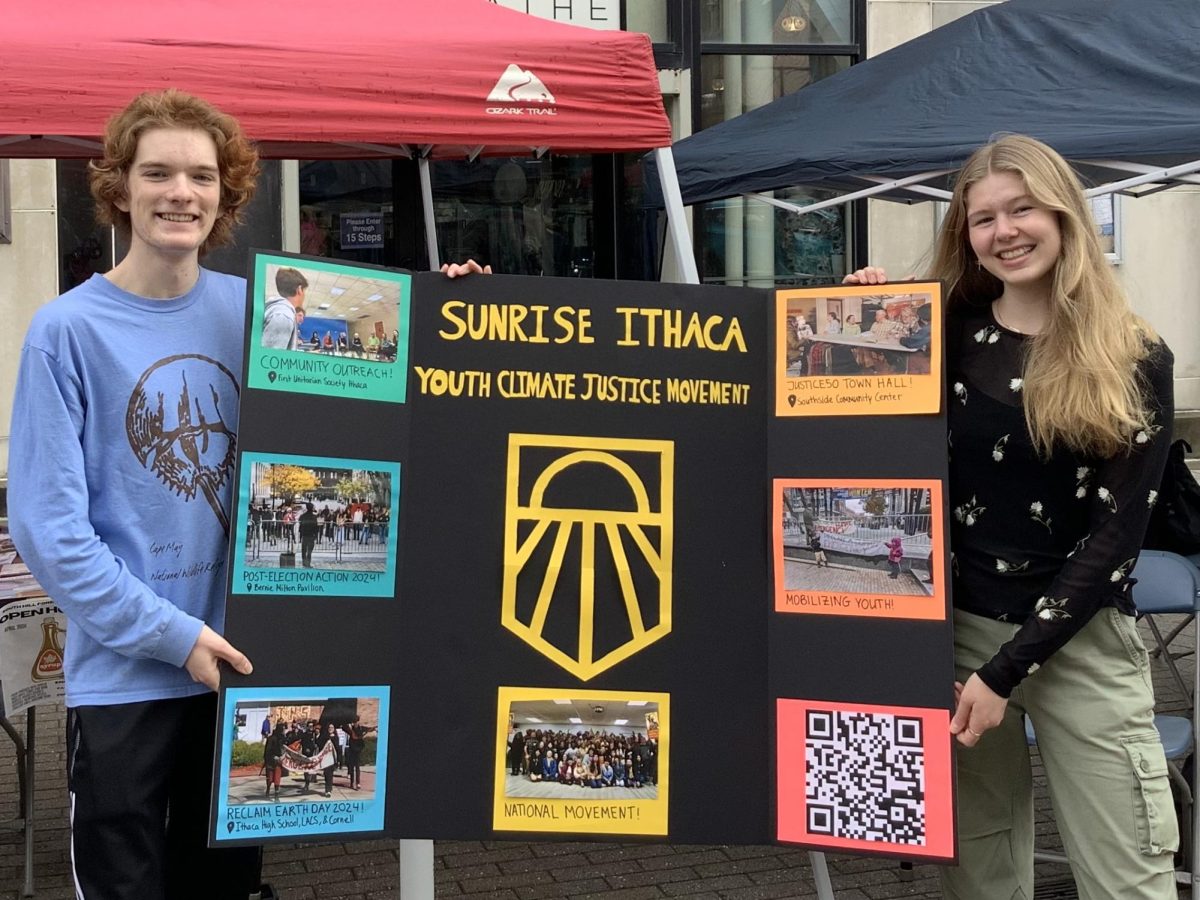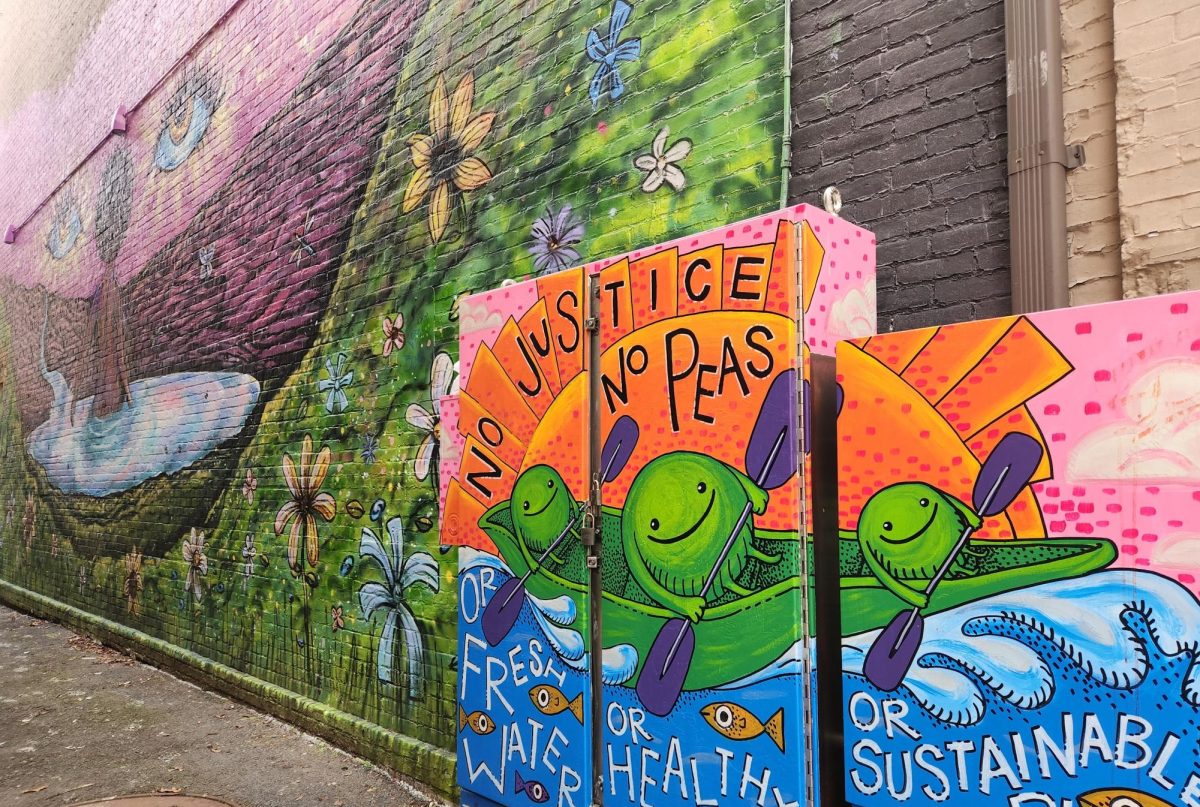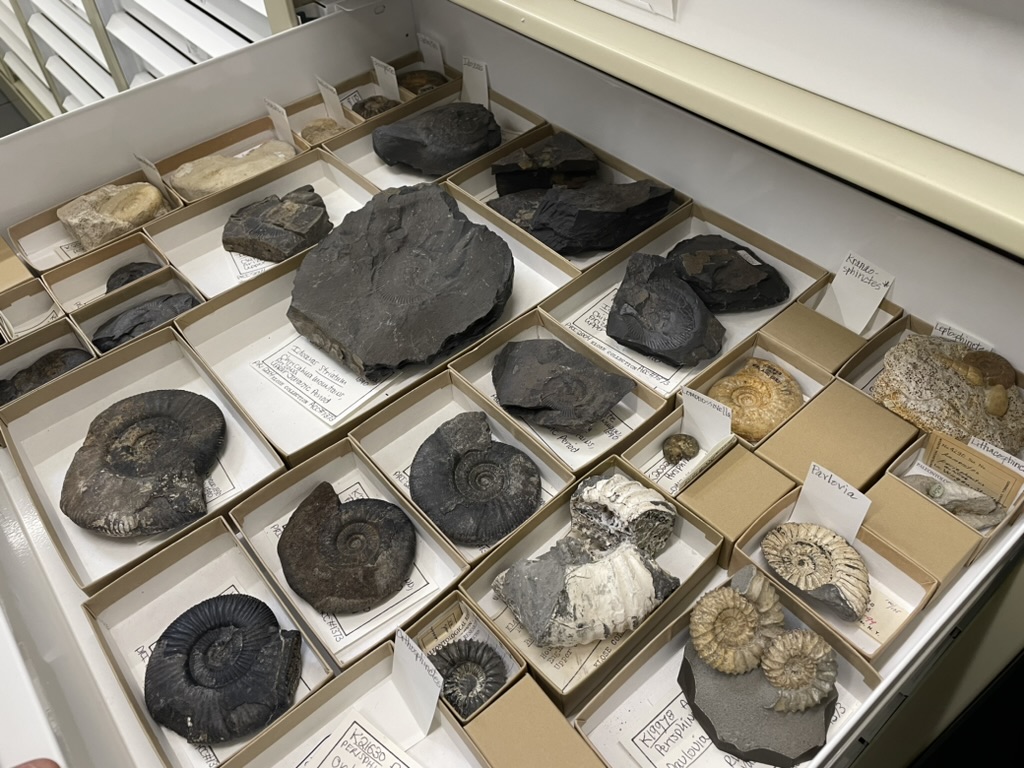Key Points
- The Paleontological Research Institution, a nonprofit in Ithaca, is sending out their teacher friendly guide to climate change to public schools across the country.
- So far, copies have been sent to every public school in Idaho and to over 200 schools in New York state.
- The goal of the book is to make climate change easier to understand and promote the truth about climate change science through education.
Earlier this month, the Republican-controlled Idaho state legislature removed all mentions of human-caused climate change from its public school guidelines, leaving some teachers in the dark about how to teach this controversial topic.
That’s where the Paleontological Research Institution (P.R.I.), an Ithaca-based nonprofit, comes in. The P.R.I. has published a book titled The Teacher-Friendly Guide to Climate Change, and the goal is to send a copy of the book to every public school in the country.
The Teacher-Friendly Guide to Climate Change

The P.R.I. began working on the book last winter as a part of its series of teacher friendly guides to science. The plan was to publish the book in the spring of 2017, but then the Heartland Institute, a conservative think tank, sent its own book questioning climate change science to schools across the country.
Don Duggan-Haas, director of teacher programing at the P.R.I., and his colleagues felt they needed to respond to the Heartland Institute.
“We took inspiration from them,” Duggan-Haas said. “Since they were sending their book to every science teacher in the country, we said we should do that too.”
He says the P.R.I.’s book focuses on the aspects of climate change that teachers might find most confusing or difficult to teach, such as climate change throughout the earth’s history, and the future projections for human-caused climate change.
The book also talks about why climate change is so controversial.
“All the political, economic, and controversial issues that are sort of connected to climate change and make it more of a bear to teach than other content are addressed,” said Duggan-Haas.
Spreading Science Across the Country

So far, the P.R.I. has sent a copy of the book to every public school in Idaho, as well as to over 200 public schools in New York state. Right now, the group is focused on getting a copy to every public school in New York, and then will expand its focus to the rest of the northeast.
Each school that receives a copy of the book also gets a CD with a PDF version of the book and an information sheet with some of the book’s key points.
Rob Ross, associate director for outreach at the P.R.I., said that preparing everything to be shipped is a team effort.
“We basically had to set up a kind of assembly line,” Ross said. “We have a number of staff and volunteers who are working together and put all these things together in packages.”
A Lasting Impact
The ultimate goal of the book is to inform as many people as possible about the realities and complexities of climate change.
Ingrid Zabel, the P.R.I.’s climate change education manager, wrote several chapters of the book, and she believes that the best way to spread the truth about climate change is through teachers.
“If you can reach teachers, you can reach students,” she said. “The only way to really motivate people to action on climate change is if they have some understanding of what’s going on, and you do that through education.”
The team at P.R.I. is already seeing the rewards of its work. Heather Renyck, a science teacher at Bolivar-Richburg Central School in Bolivar, New York, sent an email to Duggan-Haas expressing her gratitude.
“I hope that all who are responsible for this guide and its dissemination know how much educators need this,” she wrote. “Countless youth and adults will benefit from this effort. You may never know the true impact.”

